The Adhesive for Resilient Floor Market is characterized by a dynamic competitive landscape, driven by increasing demand for high-performance flooring solutions across various sectors, including residential, commercial, and industrial applications. Key players such as Henkel (DE), Bostik (FR), and 3M (US) are strategically positioned to leverage innovation and sustainability as core components of their operational focus. Henkel (DE) emphasizes its commitment to sustainable product development, while Bostik (FR) is enhancing its market presence through strategic partnerships and regional expansions. Meanwhile, 3M (US) continues to invest in digital transformation initiatives, which collectively shape a competitive environment that prioritizes technological advancement and eco-friendly solutions.
In terms of business tactics, companies are increasingly localizing manufacturing to reduce lead times and optimize supply chains. The market structure appears moderately fragmented, with several key players exerting influence over specific regions and product segments. This fragmentation allows for niche players to thrive, while larger corporations capitalize on economies of scale and brand recognition.
In August 2025, Henkel (DE) announced the launch of a new line of eco-friendly adhesives designed specifically for resilient flooring applications. This strategic move not only aligns with global sustainability trends but also positions Henkel (DE) as a leader in environmentally responsible product offerings, potentially attracting a broader customer base concerned with ecological impacts.
In September 2025, Bostik (FR) expanded its operations in North America by acquiring a regional adhesive manufacturer. This acquisition is likely to enhance Bostik's (FR) production capabilities and market reach, allowing the company to better serve the growing demand for resilient flooring solutions in the region. Such strategic actions indicate a robust approach to consolidating market presence and improving supply chain efficiencies.
In October 2025, 3M (US) unveiled a new digital platform aimed at streamlining the adhesive selection process for contractors and end-users. This initiative reflects a growing trend towards digitalization in the industry, enhancing customer engagement and simplifying the purchasing process. By integrating technology into its operations, 3M (US) is likely to strengthen its competitive edge in a market that increasingly values efficiency and user experience.
As of October 2025, current competitive trends in the Adhesive for Resilient Floor Market are heavily influenced by digitalization, sustainability, and the integration of artificial intelligence. Strategic alliances among key players are shaping the landscape, fostering innovation and collaborative solutions. Looking ahead, competitive differentiation is expected to evolve, with a notable shift from price-based competition towards a focus on innovation, technological advancements, and supply chain reliability. This transition underscores the importance of adaptability and forward-thinking strategies in maintaining a competitive advantage.


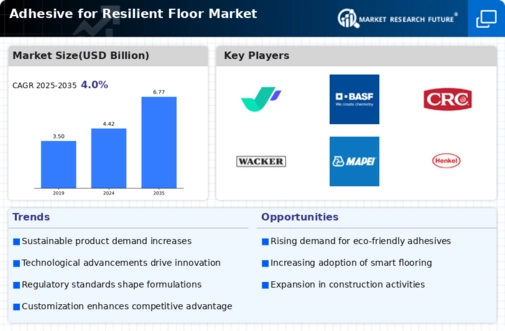
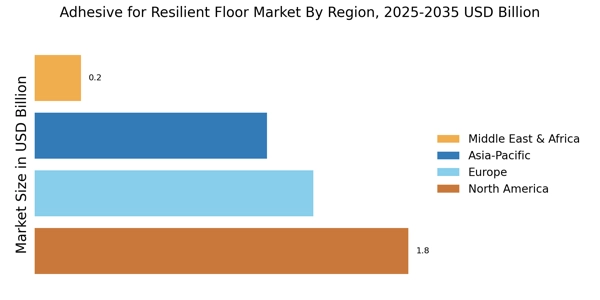

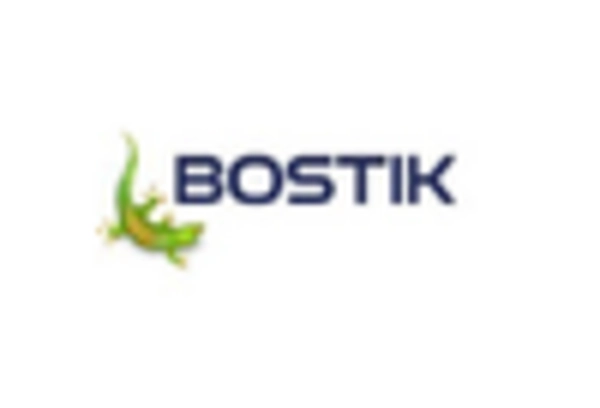
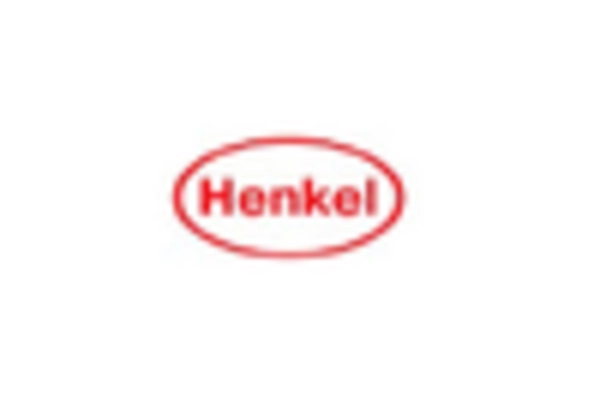
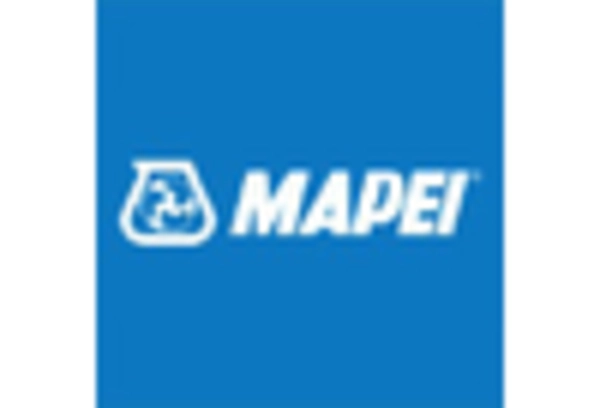
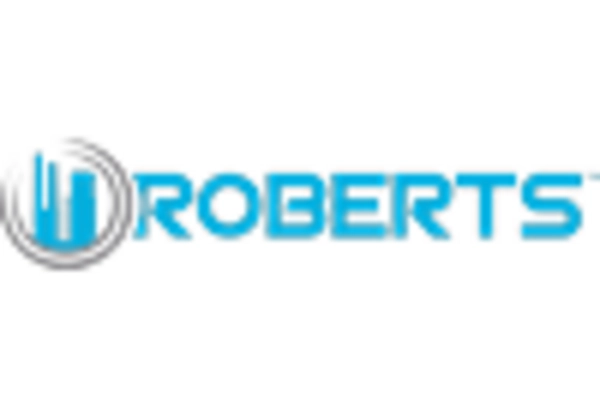









Leave a Comment